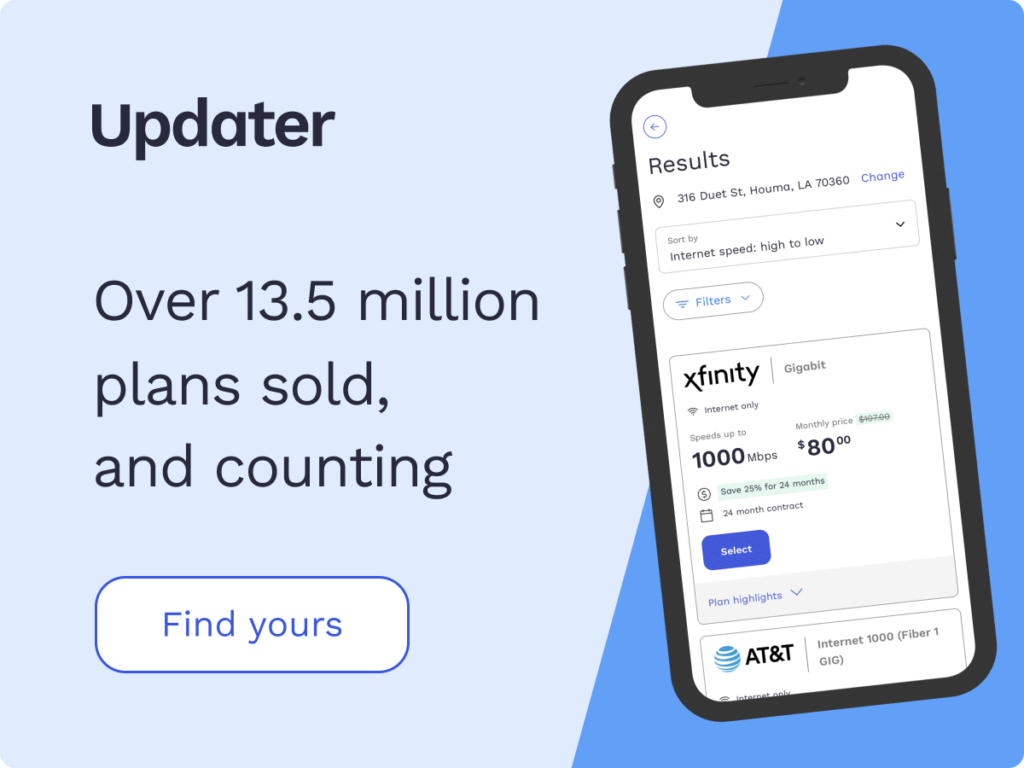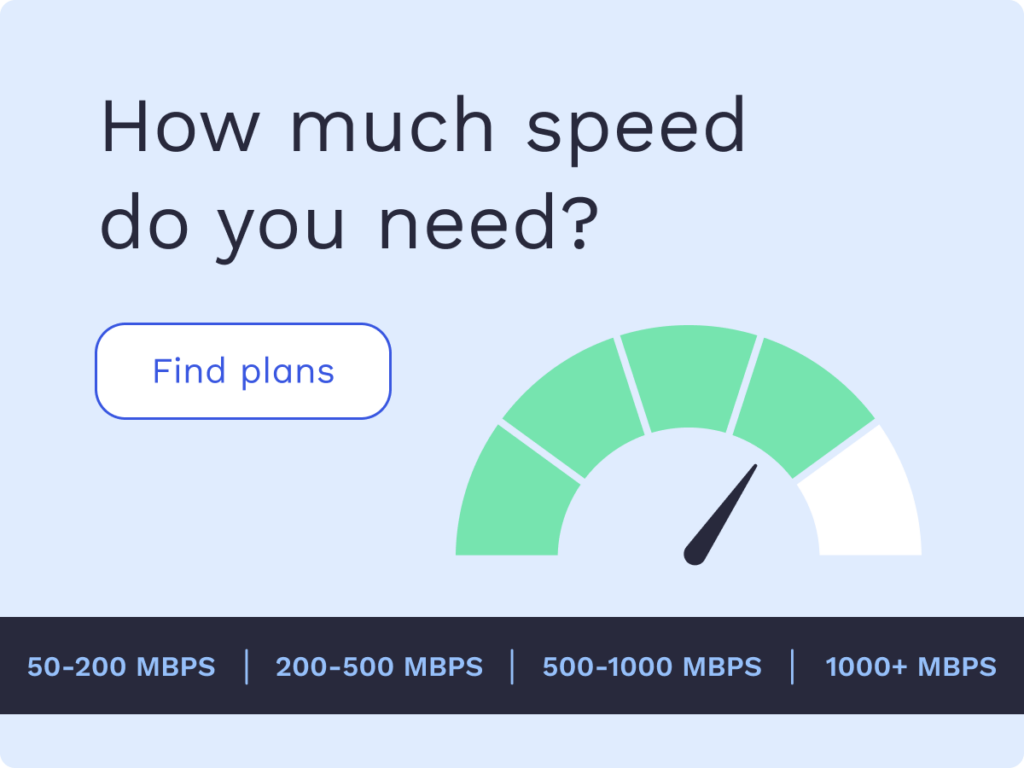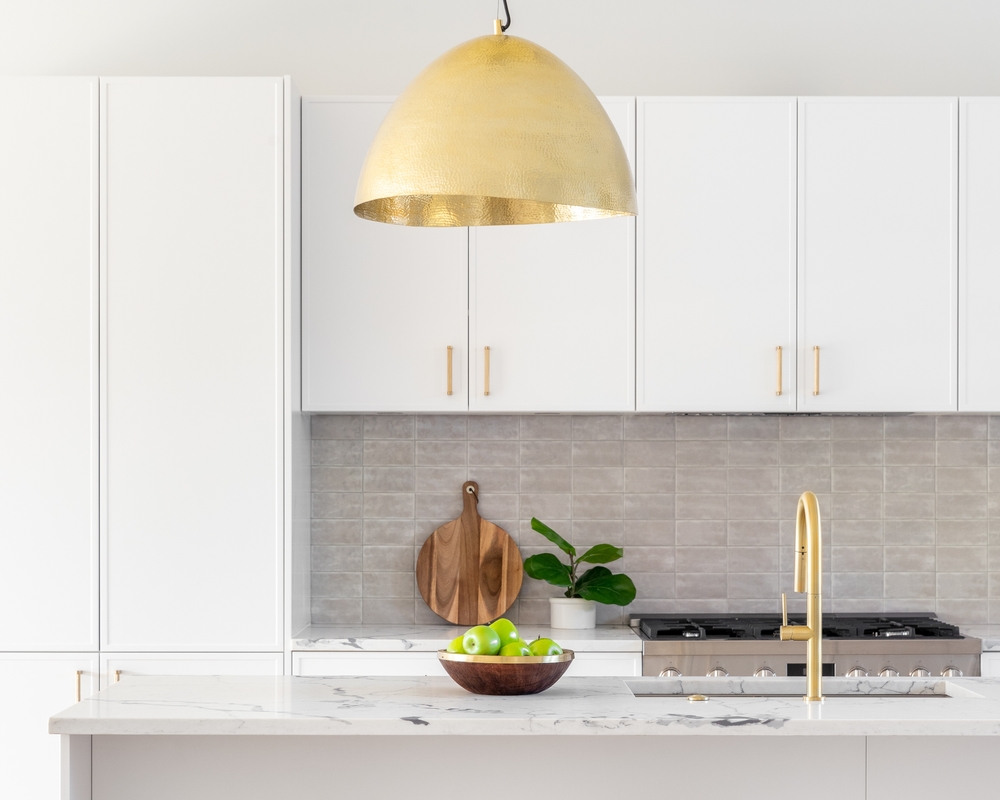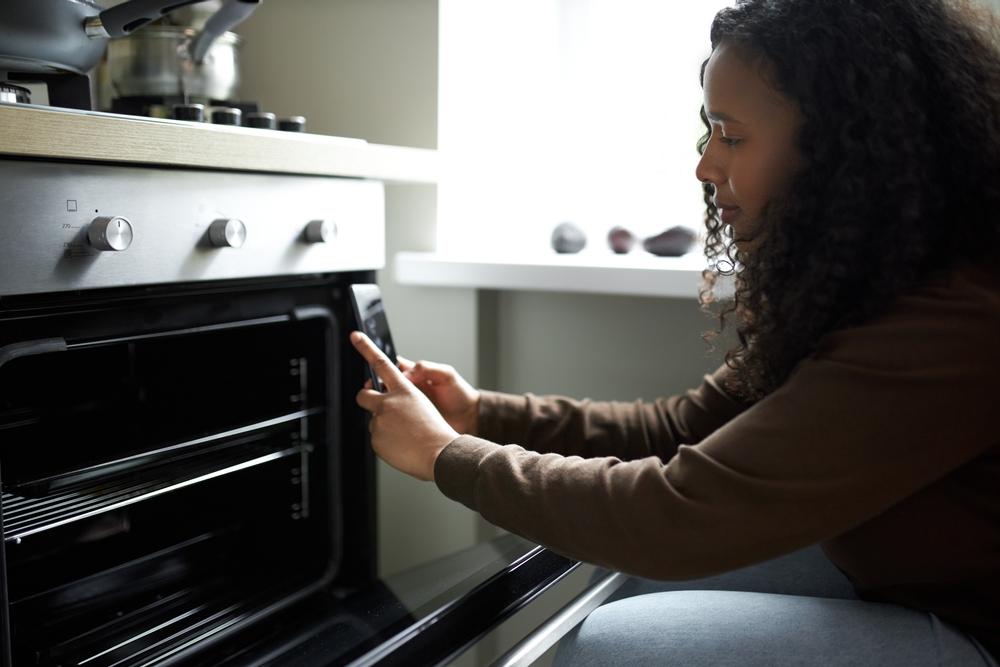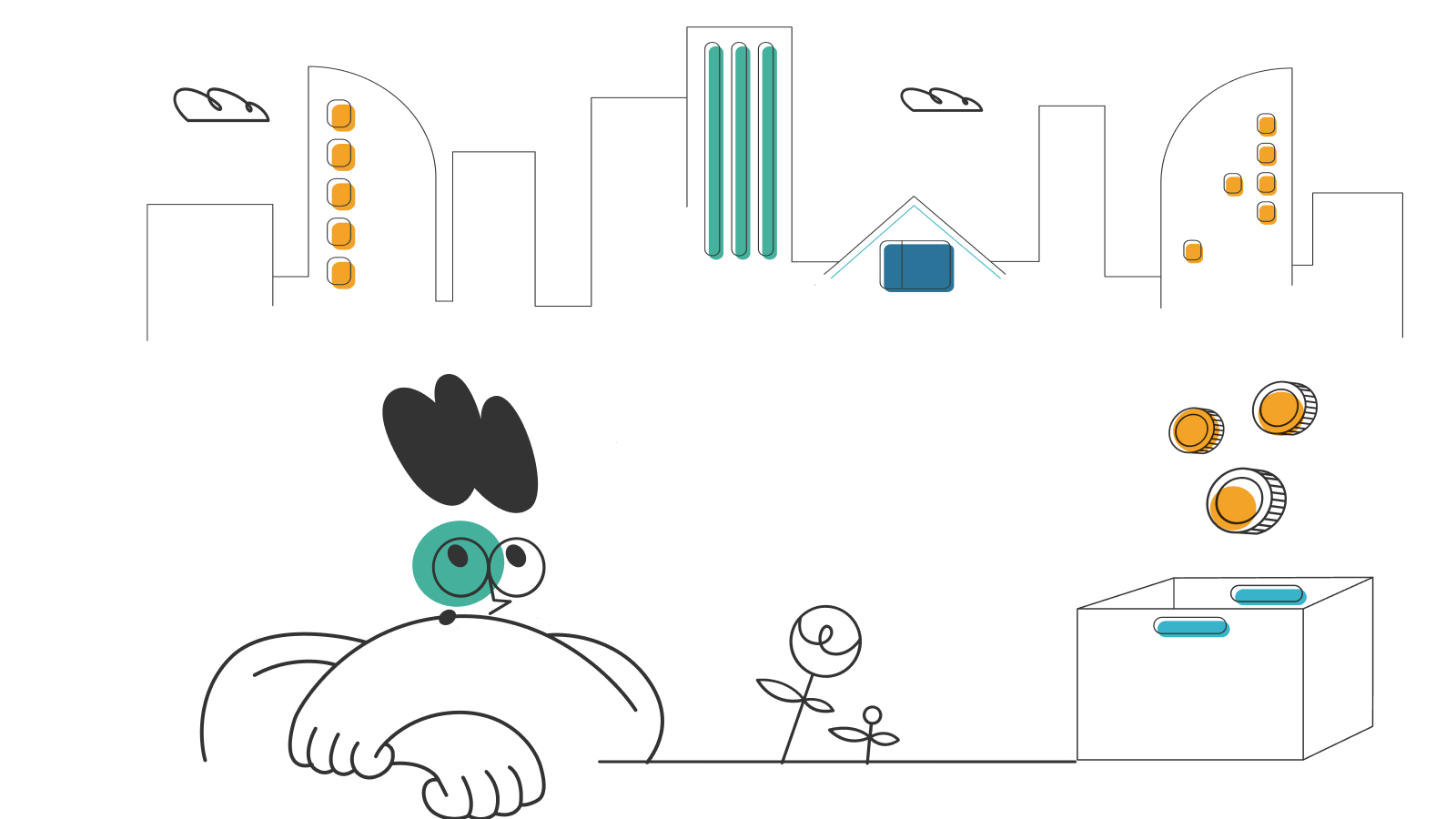Should You Use Your Apartment’s Preferred ISP?

When you move into a new apartment, you may be encouraged to consider choosing the building or complex’s preferred internet service provider (ISP). But when faced with this decision, there are a lot of questions you may want to ask yourself before making your choice. For instance, what type of connection does the preferred ISP offer? How much speed do they offer?
If you are moving into an apartment in the near future and need to decide if you should choose the apartment’s preferred ISP or go with a different provider, we’ve gathered details to help you. This guide covers key facts like internet connection types, how to choose the right speed for your needs, and frequently asked questions to help you feel better equipped to make a decision.
- Pros and cons of using your apartment’s preferred ISP
- Types of internet connections
- How to choose the right internet speed
- Frequently asked questions (FAQs)
Pros and cons of using your apartment’s preferred ISP
Whether or not you choose to use your apartment’s preferred ISP, there are pros and cons to either decision.
Pros of using your apartment’s preferred ISP
- Using the preferred ISP of your complex saves you a lot of time researching providers and setting up your new service. Instead, you can get connected immediately upon moving in with little to no hassle or wait time.
- Some apartment complexes may bundle the cost of the internet with their preferred ISP into your monthly rent, which means you’ll have one less bill to worry about each month.
- You may be able to take advantage of a monthly discount on your internet service if you choose to use your apartment’s preferred ISP.
Cons of using your apartment’s preferred ISP
- You will not get to choose your ISP, which means you might not get the type of connection or amount of speed you truly want or need.
- You will not be able to negotiate pricing with the ISP.
- When you move, you may not be able to take the service with you easily.
Pros of choosing your own ISP
- You have a little more say over what type of connection you are getting.
- You can choose a speed plan that fits your needs.
- You might be able to take advantage of new customer promotions.
Cons of choosing your own ISP
- Researching all of your options can be time-consuming.
- If your complex bundles the cost of your internet into your rent, you would be double paying for internet service every month.
- Your apartment complex may require you to use their preferred ISP, which may cause issues with your lease agreement.
Types of internet connections
Thinking about choosing your own ISP? Understanding different types of internet connections can help you decide if your apartment’s preferred ISP is or is not the right choice for you. It’s also important to note that not all connection types may be available everywhere, so your internet connection type will likely be dependent on your new address.
Wired internet connection types
As its name implies, wired internet connections use wires or cables to deliver internet to your apartment or home. The main types of wired connections to know are DSL, cable, and fiber.
DSL
DSL, which stands for digital subscriber line, is an internet connection that operates through a traditional landline phone connection. Though initially developed in the 1980s, DSL gained popularity in the early 2000s as the internet was increasing in usage.
Though DSL speeds once topped out around 12 megabits per second (Mbps), upgrades in networks around the country among many different ISPs mean that DSL speeds of 25 to 500Mbps are more common.
Cable
Unlike DSL internet, which connects through a traditional landline phone connection, cable internet connects through a copper coaxial cable connection used to bring live TV into a home. The coaxial cable connects to a modem to bring service into your home from your chosen provider.
Average cable internet speeds are 20 to 100Mbps but can be as fast as 1000Mbps. But keep in mind that if you choose a cable internet plan, the modem you choose is also important. Not all modems are created equal, so look for one that supports your internet plan’s speed.
Fiber
Fiber internet runs via fiber-optic lines that allow super-fast download speeds, which average around 1000Mbps but can be as fast as 5000Mbps. Fiber infrastructure is expensive, though, so currently, only about 60.5 million homes, about 43% of the US, have access to fiber internet. Even fewer homes can access fiber speeds of 2000Mbps and up.
Access to fiber internet will continue to grow as many ISPs are investing in expanding their fiber networks, but fiber internet is still one of the pricier connection options compared to DSL and cable internet.
Wireless internet connection types
If your new apartment does not have traditional phone or cable line access or is not in an area where fiber internet is currently available, you still have wireless high-speed internet options.
4G LTE/5G
4G LTE and 5G wireless internet were once considered options reserved for smartphones and tablets. However, companies like T-Mobile and Verizon have started offering 4G LTE and 5G home internet, making wireless internet a great alternative option for those who don’t have or don’t want cable or landline phone options in their homes.
4G LTE internet stands for fourth-generation internet and can reach speeds up to 300Mbps— which is generally more than enough speed to serve many typical households. 4G LTE is available to about 98% of the US through ISPs like Verizon and T-Mobile. It is slowly being phased out and replaced by 5G speeds.
5G internet stands for fifth-generation and is the successor to 4G LTE. And while theoretically, 5G internet will eventually be able to reach speeds up to 10Gbps, the technology isn’t quite there yet.
Currently, 5G internet is accessible to about 75% of the US, but it’s essential to understand that it is a newer technology, and not all 5G service is the same. For instance, though T-Mobile is leading the way in terms of 5G access and currently offers 5G internet to 310 million people, T-Mobile’s 5G internet is considered “low-band” 5G and isn’t much faster than 4G LTE.
Satellite
Satellite is the most widely accessible internet option because it can be accessed by a satellite dish anywhere you have a clear view of the southern sky. But while satellite internet is available almost anywhere, it is often slower and more expensive than other options.
Fixed wireless
Fixed wireless is an option that is more common in rural or underserved areas. It works by connecting a receiver to your home that faces a fixed transmitter (like a radio tower) and transmits data over radio waves instead of phone or cable lines. Unlike satellite internet, fixed wireless is more reliable and can reach speeds of up to 1000Mbps in some areas.
How to choose the right internet speed
Not sure if the internet speed offered by your apartment is right for you? Deciding what internet speed is the right choice for your household can sometimes feel daunting. But making a decision doesn’t have to be complicated. It all comes down to understanding how internet usage within your home equates to Mbps.
Up to 25Mbps
- Number of devices: One to two
- Type of internet usage: Surfing the web, checking emails, sending and receiving small files, and streaming music and movies
50-100Mbps
- Number of devices: Three to five
- Type of internet usage: Surfing the web, checking emails, sending and receiving small files, streaming music, streaming 4K movies, and online multiplayer gaming
100-300Mbps
- Number of devices: Up to 12
- Type of internet usage: Surfing the web, checking emails, sending and receiving large files, streaming music, streaming 4K movies, video-conferencing, and online multiplayer gaming on multiple devices at once
300-500Mbps
- Number of devices: Up to 20
- Type of internet usage: Surfing the web, checking emails, sending and receiving large files, streaming music, streaming 4K movies, video-conferencing, online multiplayer gaming on multiple devices at once and multiple smart home devices
500-1000Mbps
- Number of devices: Up to 40
- Type of internet usage: Surfing the web, checking emails, sending and receiving large files, streaming music, streaming 4K movies, video-conferencing, a home security system, online multiplayer gaming on multiple devices at once, and multiple smart home devices
1000Mbps+
- Number of devices: 40+
- Type of internet usage: Surfing the web, checking emails, sending and receiving large files, streaming music, streaming 4K movies, video-conferencing, a home security system, online multiplayer gaming on multiple devices at once, and numerous smart home devices
Frequently asked questions (FAQs)
Is internet included with my rent?
Though not very common, some apartment complexes offer internet as an added amenity with your monthly rent. If this is the case for the complex you’re interested in moving into, you might not have any other options. If this is the case, it’s still a good idea to ask a few questions about the type of connection and speed that is included with your rent to decide if the plan is right for you or if you should look for a different apartment.
Can I choose my own internet for my apartment?
When you move to a new apartment, you may find that the property owner has a preferred ISP that they encourage you to choose, but you may not necessarily have to utilize. Or, you may have multiple options to choose from. The best way to know what your options are is to ask questions before you commit to a new apartment and do research before choosing an ISP.
What does high-speed internet mean?
“High-speed” internet generally means a connection that is faster than dial-up or faster than 50 kilobits per second (kbps).
What type of connection is available in my apartment?
The type of wired internet connection available at your apartment will largely depend on your address. But even if you have limited or no DSL, cable, or fiber options, wireless options such as 4G LTE/5G home internet, satellite, and fixed wireless may still be available to you.
Is it possible to have too much internet speed?
While there are definitely a few cons to not having enough internet speed for your home, like slow connection speeds, high latency, and overall frustration within the household among anyone trying to connect, having more speed than your home is using doesn’t come with the same issues. But, more speed usually comes at a higher cost so keep that in mind when choosing your internet plan.
*Pricing varies by location and availability. Speeds may vary. All prices subject to change; for current pricing and availability visit our internet service page. Prices as of 6/22/22.
Disclosure | Updater articles are based on our own data and research, independent from partner relationships. We are not compensated by partners for information and opinions presented here. Our Editorial Terms of Service can be found here.

